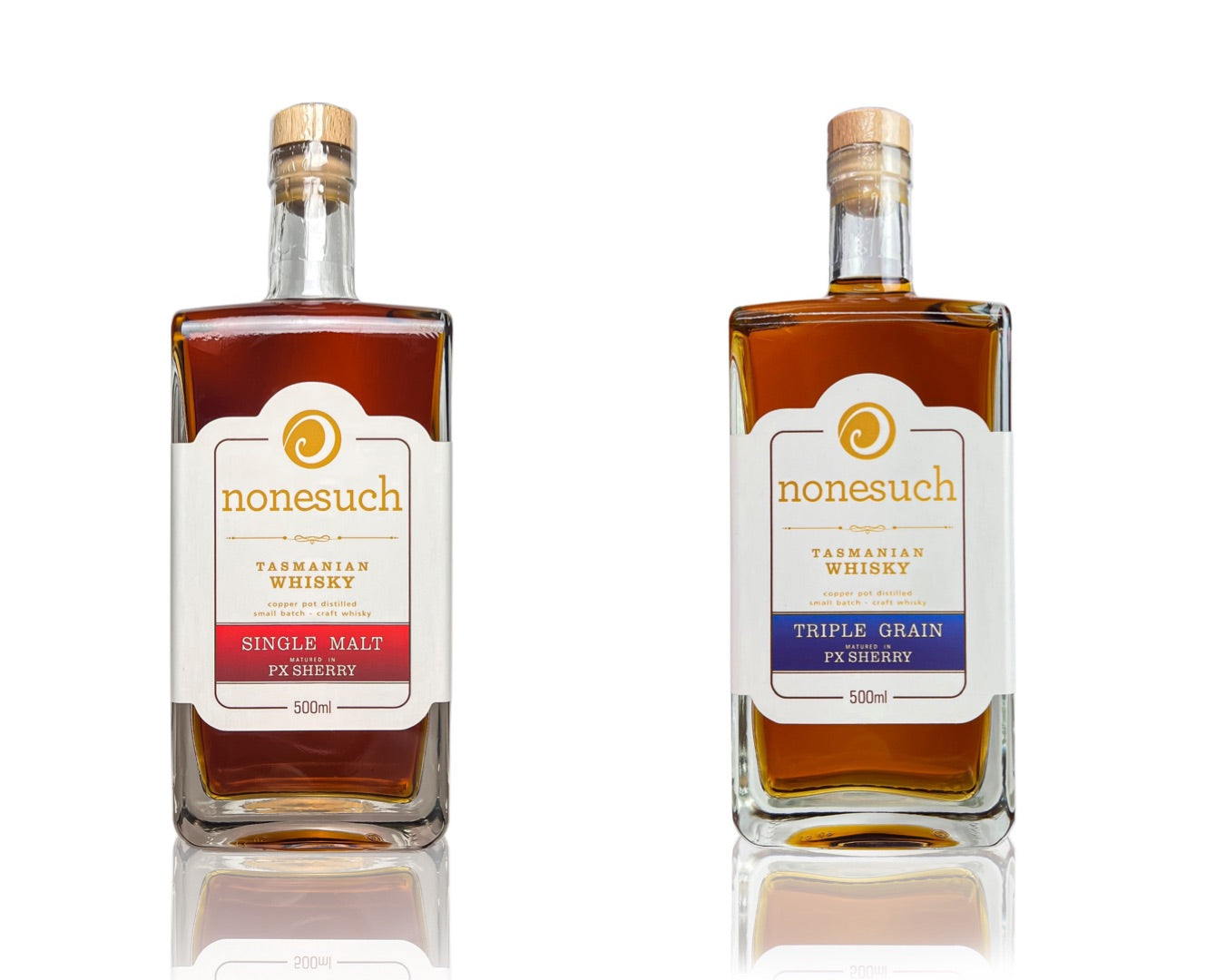Sherry cask whisky is highly popular so let’s explain what these casks bring to the whisky and why Sherry cask whiskies can vary greatly.
Firstly the cask itself will contribute different characters. Usually these casks are coopered from either European or American Oak and each species infuses its own notes into the whisky.
For a cask to get a “Sherry Cask” label it must meet the following three regulations set out by the Spanish government regulator. (Sherry can only be produced in a specific region of Spain):
-
It must be filled at least 85% with certified Sherry wine made by suppliers registered with the Regulator
-
It must hold the wine at the 85% level for the entire seasoning process
-
The barrel must hold the wine for at least one year
Secondly, The style of sherry previously held in the cask will impart its character to the whisky.
The two most common types of sherry cask used in whisky making are those that have previously held Oloroso or Pedro Ximénez sherries. Oloroso imparts notes of red fruits, berries, milk, and nut chocolate, while Pedro Ximénez yields sweet notes of dark red fruits, raisins, and plums.
Finally, the way the cask is used in the distillery also makes a difference to the whisky.
There are three main methods:
Sherry finish that involves aging the whisky in an initial cask, often ex-bourbon, and then transferring it into a sherry cask. The length of time the whisky is in the finishing cask can vary greatly.


